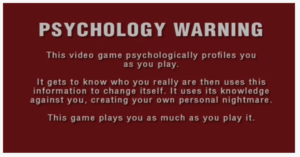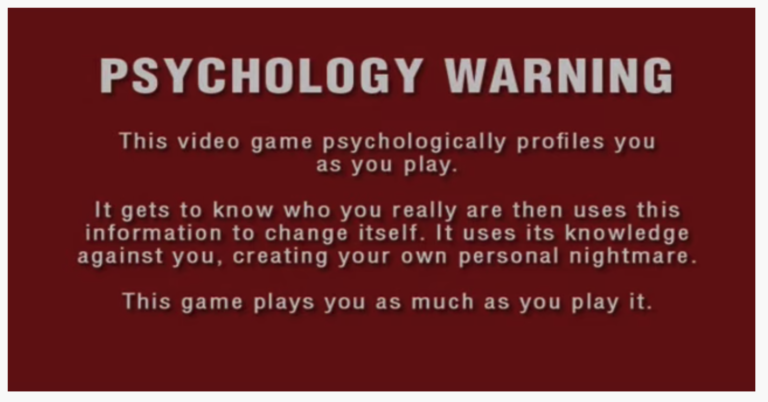The Gamification of Games

Despite its name, gamification has never really been about making experiences more game-like. If there were a common characteristic that defined all games, it would certainly not be the use of badges, achievements, and points as incentives for engagement. Games, if anything, share an embodiment of the spirit of play — a temporary suspension of the rules of life to make space for intensities of experience: levity, rivalry, concentration, joy. If historian Johan Huizinga — whose 1938 book Homo Ludens is one of the pivotal works of game studies — had the opportunity to define gamification according to his theory of play, he might have reserved the term for a “temporary abolition of the ordinary world” where “inside the circle of the game the laws and customs of ordinary life no longer count.”
Now gamification evangelists like Jane McGonigal advocate for games to be understood as fundamentally productive, offering a set of tactics to make life under neoliberalism appear more fun and addictive — a “magic circle” we should never step out from, even if we had the choice. The concept first gained traction at the end of the 2000s within game development and marketing communities, which saw an opportunity to use aspects of games to monetize the web. In 2008, before the word had a standardized spelling, a blog explained “gameification” as “taking game mechanics and applying [them] to other web properties to increase engagement.” In the Wharton School of Business’s popular online course titled Gamification, the instructor professes that “there are some game elements that are more common than others and that are more influential than others in shaping typical examples of gamification.” These elements are “points, badges, and leaderboards.” These offer scores that constitute “a universal currency, if you will, that allows us to create a system where doing one sort of action, going off on a quest with your friends, is somehow equivalent or comparable to doing some other sort of action, sitting and watching a video on the site.”
For the my full article on the gamification of games see: https://reallifemag.com/the-gamification-of-games/
NASDAQ IN THE NEWS [1969-1989]
For Introduction to Digital Humanities I used a combination of natural language processing, network analysis and mapping to tag historic news articles regarding the NASDAQ stock exchange and to map networks of associations in concordances of text. Read More

